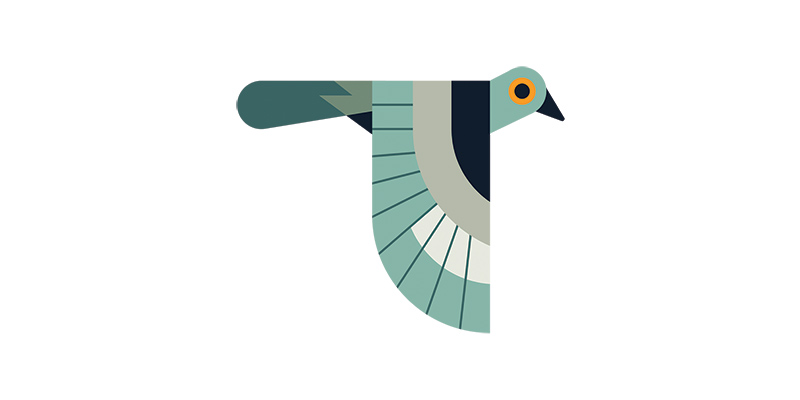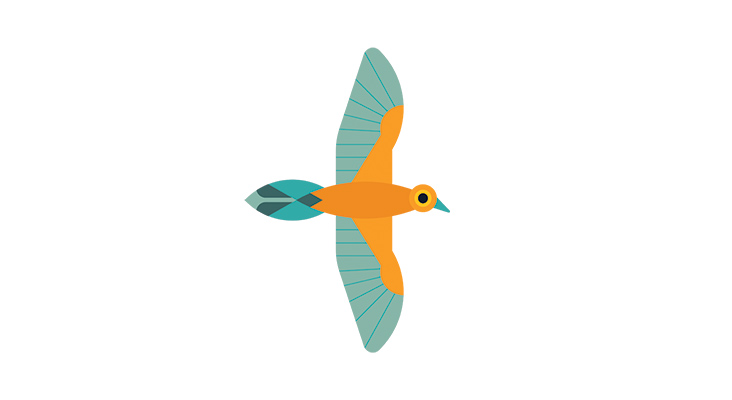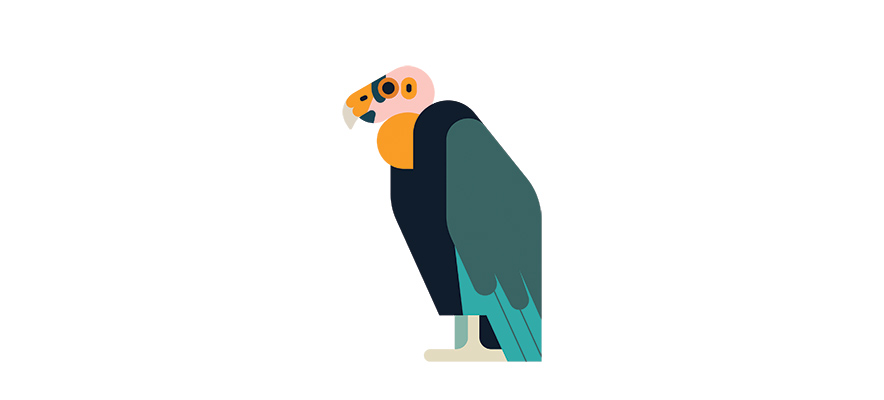Birdwatchers in Southern California are as well-situated as the region’s birds themselves. SoCal is within the Pacific Flyway, a travel path ranging from Alaska to Cape Horn in South America that birds use in their spring and fall migrations. eBird.org records show 160 bird species have been spotted on the LMU campus alone. Two bluebird nest boxes are up in trees near the Sacred Heart Chapel, and one bluebird couple has come back for the second year in a row to start another family. There are bird feeders and a bird bath in the meadow courtyard outside of the Research Annex, next to South Hall, as well as hummingbird feeders along the south-facing wall of the annex. To see more, venture a little farther from campus to Ballona Discovery Park, the Ballona Freshwater Marsh, the Kenneth Hahn State Recreation Area, Topanga Canyon State Park, the Madrona Marsh Preserve, the Marina Del Rey Jetty, and the Ballona Creek Bike Path. Pick up a comprehensive guidebook — “Birds of Southern California” is one — and see if you can spot some of your airborne neighbors. —The Editor
Allen’s Hummingbird

Looking like flying jewels, they are the smallest bird you might see zipping around. With a flash of orange on the throat, or gorget, the males will dazzle you with their aerial acrobatics. Very territorial, males can fight to the death defending territory. Females are green, with a dot of orange on the chest.
Northern Mockingbird

If you don’t see the medium- to large-sized northern mockingbird, you may hear it late at night. The male will mimic other bird songs it hears in the hope of luring a mate, calling repeatedly and keeping you awake. You should pray he finds a mate, so that the midnight serenades will cease. The northern mockingbird was Thomas Jefferson’s favorite. He kept one, named Dick, in the White House.
Mourning Dove

The soulful cooing call you may hear is from the mourning dove, a medium-sized to large gray bird that is found foraging around feeders along with house finches and sparrows.
Bushtit

Before you see them you often hear the ringing of tiny little bells. Tiny and gray, nicknamed “mice with wings,” they travel in family groups most of the year, but during nesting you see them in pairs. Their nest, if you are lucky enough to find one, looks like a sock with a hole in the toe.
House Finch

Similar to the medium-sized house sparrow in size, the adult males have a dull red chest, and the females have mottled streaked gray stripes on a white chest. The males woo the females with a delightful song, many times trilling different variations at the end.
Raven

Very similar to large crows, but usually bigger, with a triangle-shaped tail when flying, ravens have adapted to city life by nesting in tall buildings. If you hear a strange clicking song in a tree, it’s probably a raven. When ravens fly, they tend to soar, while crows, their cousins, tend to flap their wings.
Black Phoebe

A stylish, medium-sized black and white bird with a small crest that pops up when the bird is excited, this flycatcher can be seen eating insects on the wing. Nicknamed a “flying insect vacuum cleaner,” they are welcome in areas prone to mosquitos and have a delightful call that tells you they are nearby.
Hooded Oriole

Big and flashy, hooded orioles have been nicknamed the “flying mango.” Males have a black collar and bright orange body, dazzling the eye as they fly by. Females are a bit more yellow with no collar. Both can be found at hummingbird feeders drinking nectar. They mostly feed on fruit trees.
California Condor

California condors are close descendants of Quetzalcoatlus northropi, the largest flying animal known to have existed. Today, a condor has a wingspan of more than 9 feet, while the turkey vulture, its smaller relative, has a wingspan of 6 feet. The best place to see California condors in Southern California is the Sespe Wilderness, inland from Ventura; in central California, the Big Sur coast or Pinnacles National Monument.
Lisa Fimiani is the Drollinger Environmental Leadership Fellow at the LMU Center for Urban Resilience. She has worked as a naturalist on issues related to Southern California birds, insects and other wildlife for more than 35 years and has served on the boards of Audubon California and the Los Angeles Audubon Society.
